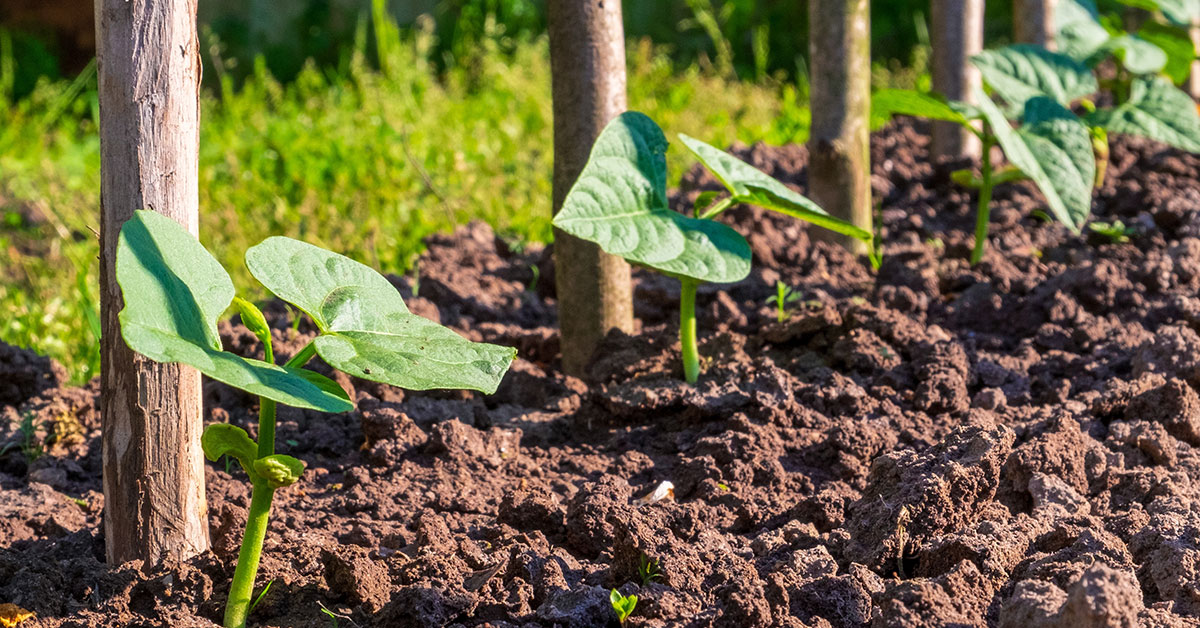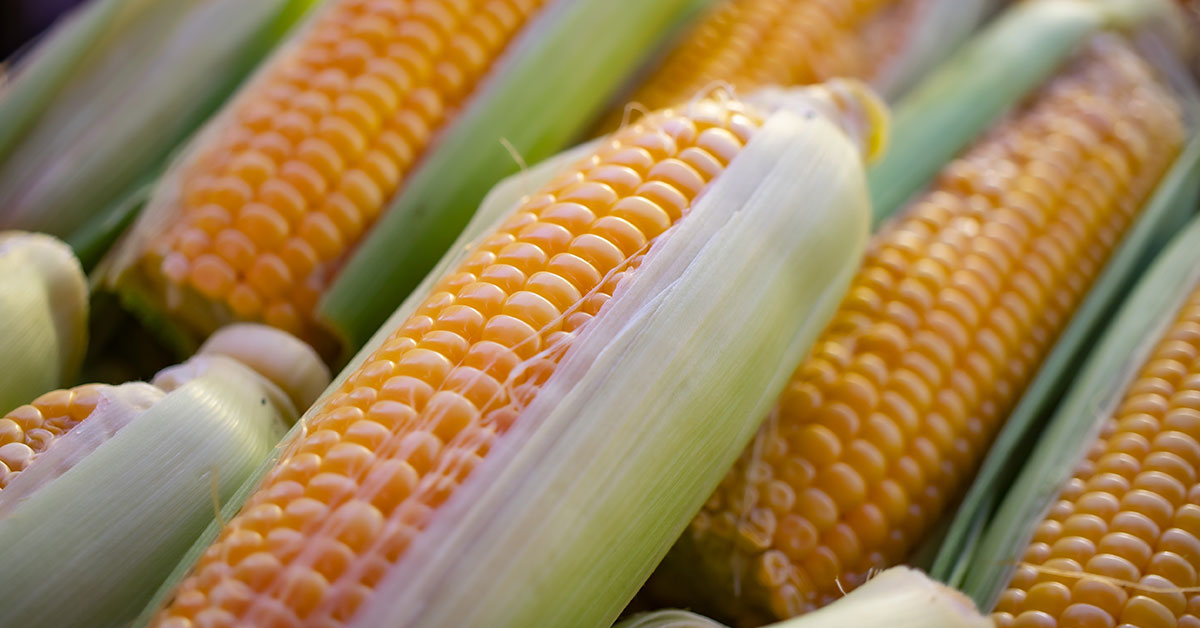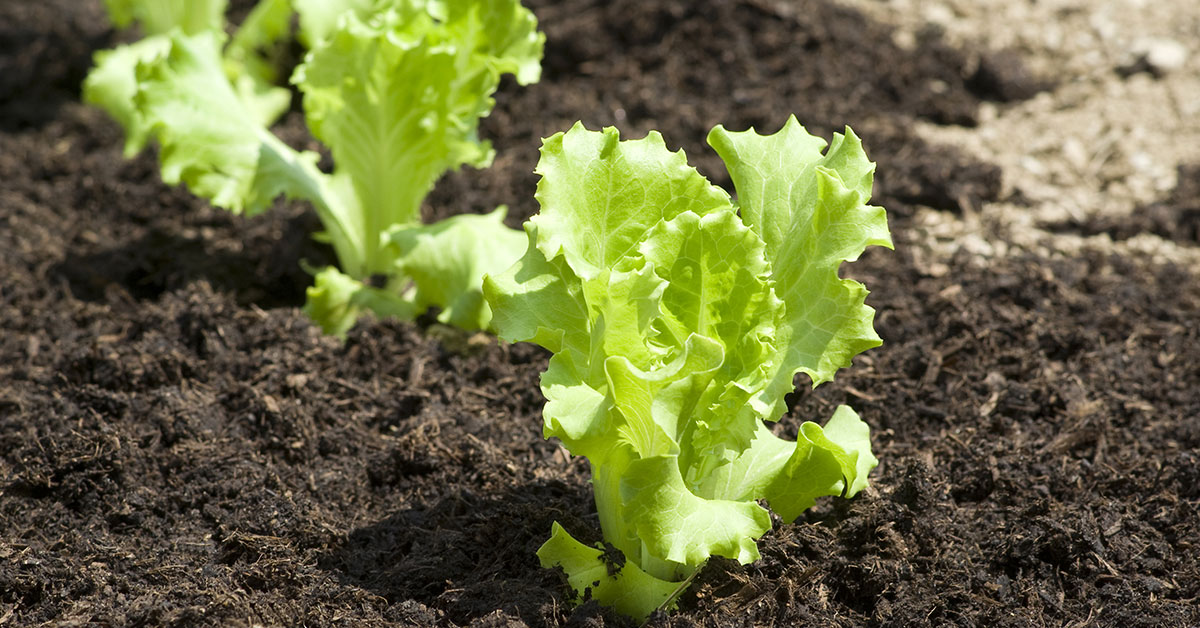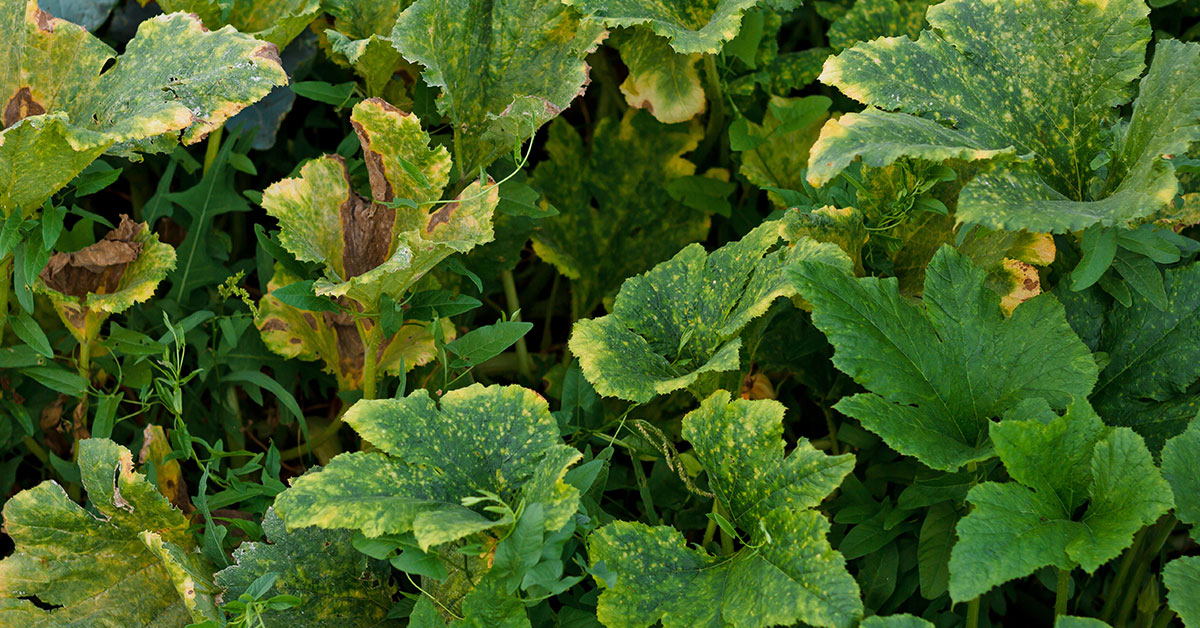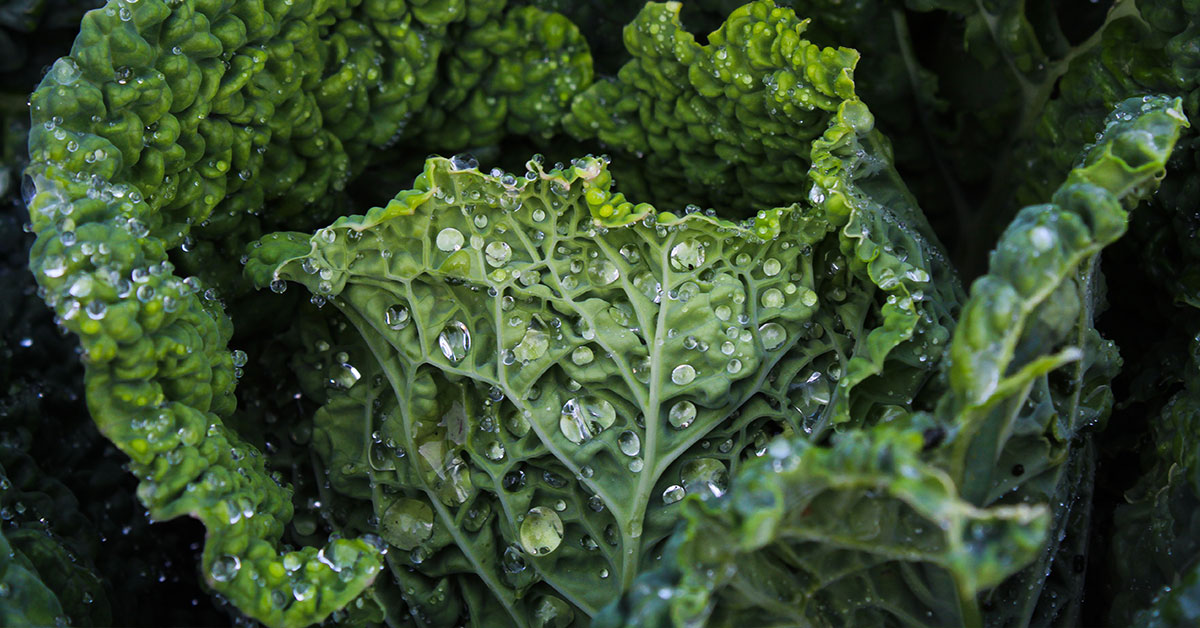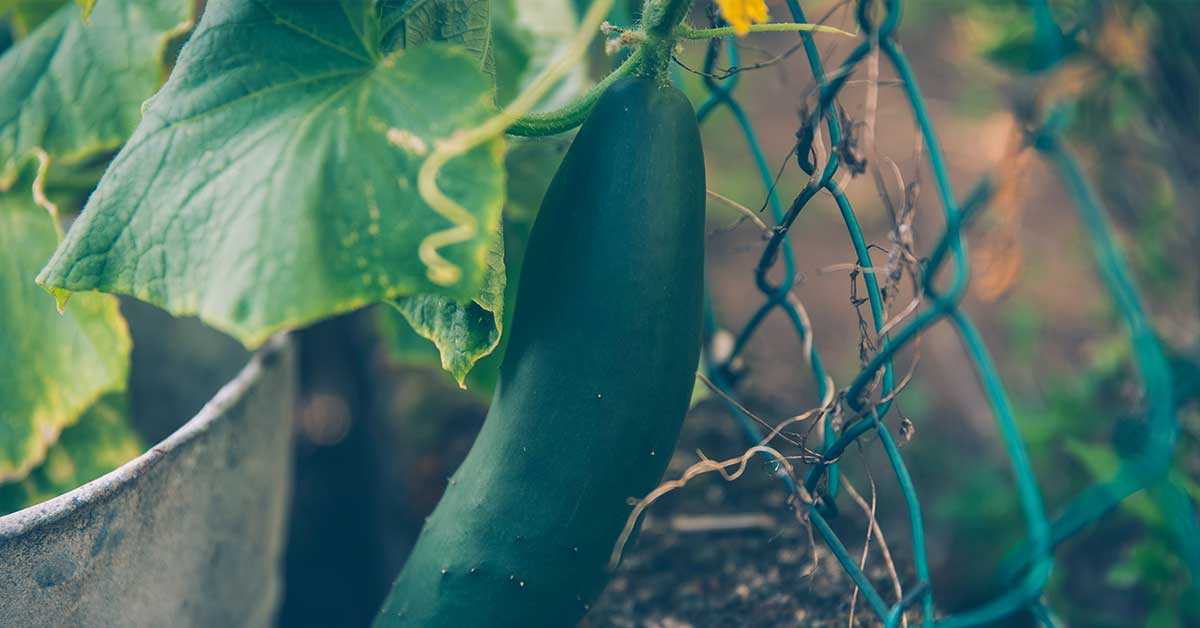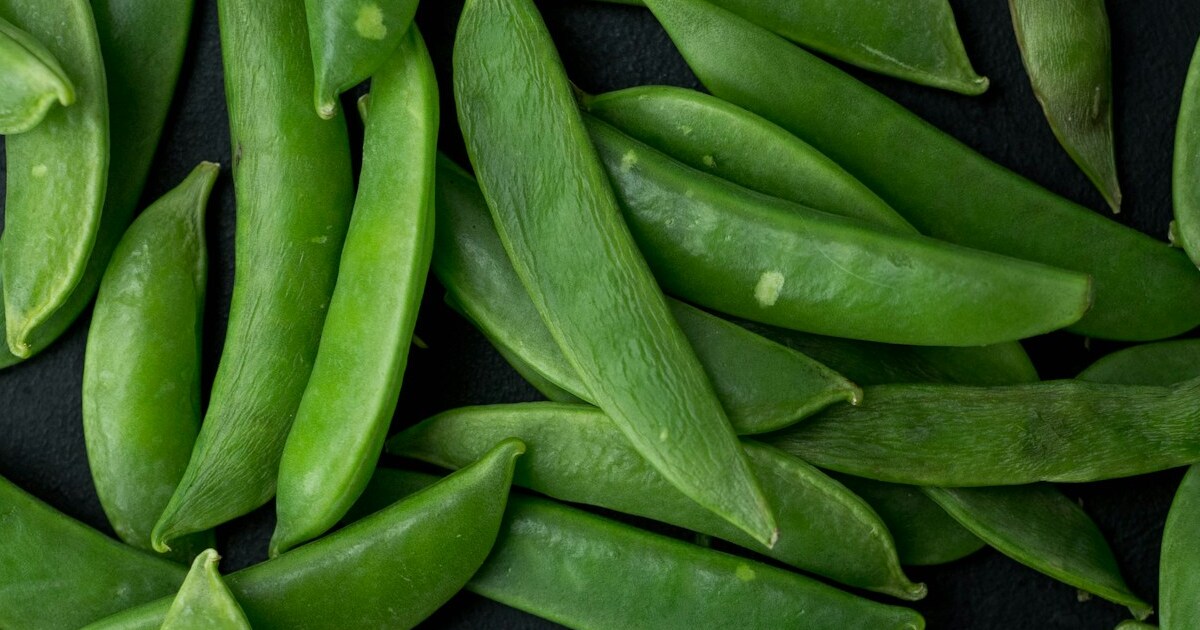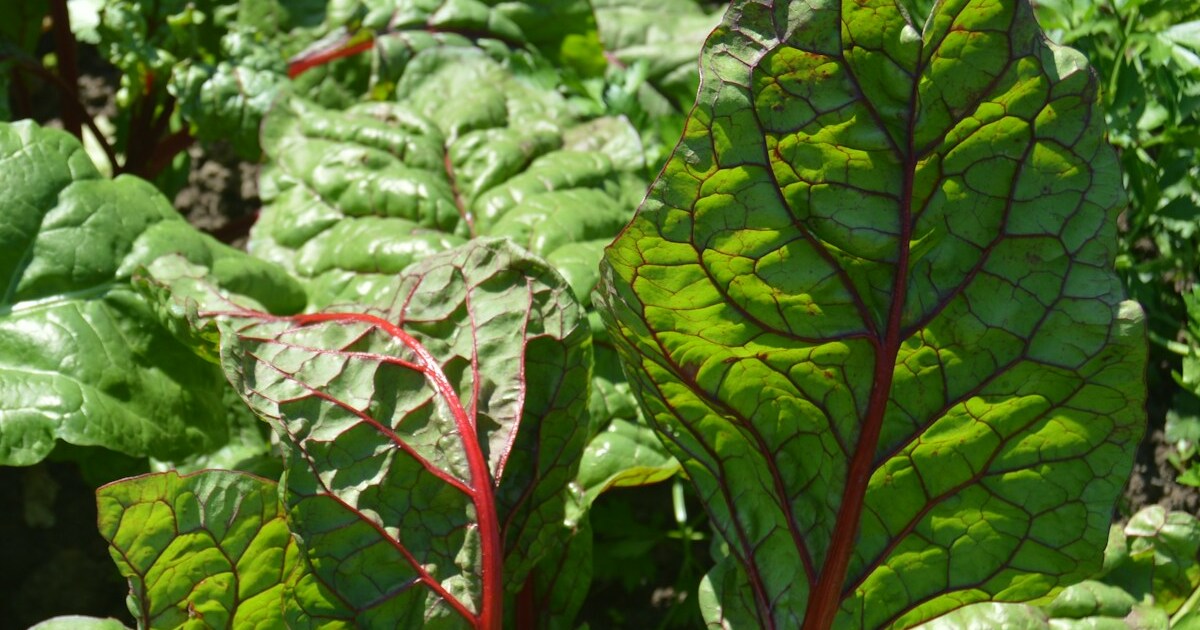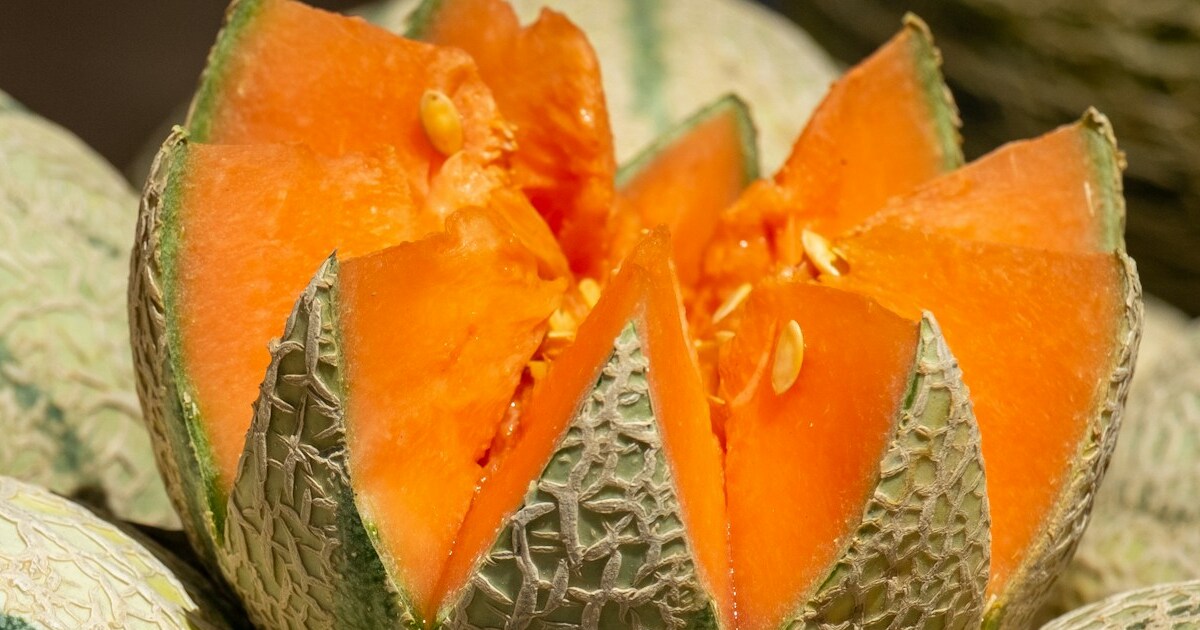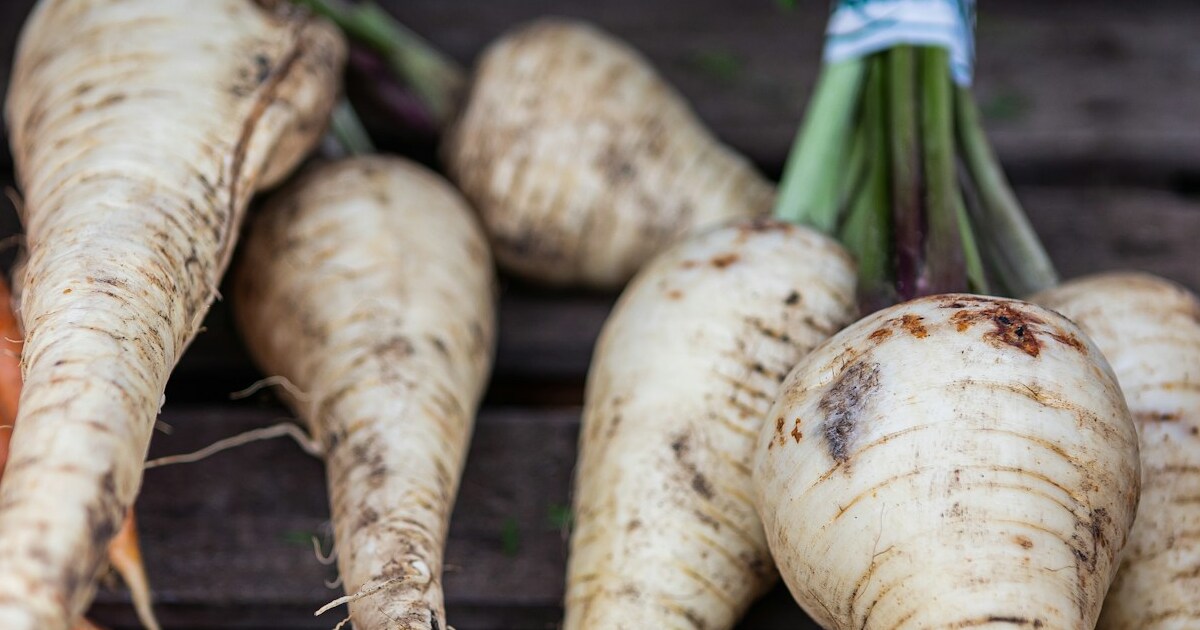The Navy Bean is known for its creamy texture and rich flavor. This versatile legume has been a staple in kitchens around the world for centuries. In this article, we will explore the fascinating world of Navy Bean cultivation, from selecting the right seeds to nurturing the plants and harvesting a bountiful crop.
What is a Navy Bean?
Navy beans, also known as haricot beans, are small white beans widely used in various cuisines around the world. These beans got their name from their long history of being a staple food for the United States Navy in the early 20th century. Navy beans are known for their mild flavor and creamy texture, making them a versatile ingredient in a wide range of dishes.
Originating from South America, navy beans were introduced to Europe by Spanish explorers during the 15th and 16th centuries. They were later brought to North America, where they quickly became popular due to their nutritional value and long shelf life. Today, navy beans are grown in many parts of the world, including the United States, China, India, and Brazil.
Navy beans are a great source of plant-based protein, fiber, and essential nutrients. They are low in fat and cholesterol-free, making them a healthy addition to any diet. These beans are packed with vitamins and minerals, including folate, potassium, iron, and magnesium. Incorporating navy beans into your meals can help promote heart health, regulate blood sugar levels, and support digestion.
One of the most well-known dishes made with navy beans is classic baked beans. These beans are slow-cooked with molasses, brown sugar, and spices, creating a sweet and savory flavor that is perfect for barbecues and picnics. Navy beans are also commonly used in soups, stews, and casseroles, adding a creamy texture and a hearty taste to these dishes.
In addition to their culinary uses, navy beans can also be sprouted and used in salads or as a garnish. Sprouting navy beans increases their nutritional content and can be a fun way to experiment with different flavors and textures in your meals.
What does a Navy Bean taste like?
The taste of navy beans can be described as subtle and earthy. They have a slightly nutty flavor with a hint of sweetness, making them versatile enough to be used in both savory and sweet recipes. When cooked, navy beans become tender and creamy, making them an excellent choice for soups, stews, and casseroles.
One of the defining characteristics of navy beans is their ability to absorb flavors from other ingredients. This makes them an ideal addition to dishes with robust seasonings or rich sauces. Navy beans pair well with herbs such as rosemary, thyme, and bay leaves, as well as spices like cumin and paprika. They also complement the flavors of onions, garlic, tomatoes, and various types of meat.
In terms of texture, navy beans have a smooth and velvety consistency when cooked properly. They hold their shape well, making them suitable for dishes that require a bit of bite, such as salads or bean dips. Navy beans can also be mashed or pureed to create a creamy base for spreads, dips, or even vegan desserts.
Due to their mild flavor, navy beans are often used as a blank canvas for other ingredients. They readily absorb the flavors of the ingredients they are cooked with, enhancing the overall taste of the dish. This versatility allows navy beans to be used in a wide range of recipes, from traditional bean soups and chili to more creative dishes like bean burgers and even brownies.
How to start from seed
Growing navy beans from seeds is a rewarding experience that allows you to enjoy the tasty and nutritious benefits of a homegrown crop. This article aims to provide a step-by-step guide on growing navy beans, covering essential aspects such as choosing the right seeds, preparing the soil and planting, watering and care, providing proper support, and managing pests and diseases.
Choosing the Right Seeds: Look for high-quality seeds: Select seeds from reputable suppliers or garden centers to ensure they are of good quality. Ideally, opt for certified organic navy bean seeds. Consider the variety: Different varieties of navy beans have varying growth habits and disease resistance. Choose a variety suitable for your specific climate and gardening preferences.
Preparing the Soil and Planting: Soil requirements: Navy beans prefer well-draining soil with a pH level between 6 and 7.5. Enrich the soil with organic matter, such as compost or well-rotted manure, to improve its fertility and texture.
Clear the planting area, removing any weeds, rocks, or debris from the planting site. Use a garden fork or tiller to break up compacted soil and ensure proper root penetration. Mix in organic matter to enhance the soil’s nutrient content and water retention capabilities.
Plant seeds directly in the garden after the threat of frost has passed, typically in late spring. Plant seeds about 1-2 inches deep, spaced approximately 4-6 inches apart in rows or blocks.
Watering and Care: After planting, water the soil thoroughly to ensure proper moisture and encourage germination. Navy beans require consistent moisture, especially during flowering and pod development. Aim for 1 inch of water per week, either through rainfall or irrigation.
Apply a layer of organic mulch around the base of the plants to conserve moisture, suppress weed growth, and regulate soil temperature. Navy beans do not typically require heavy fertilization if the soil has been properly amended. However, if necessary, use a balanced, organic fertilizer according to package instructions.
Providing Proper Support: Although navy beans are typically considered a bush-type bean, some varieties may benefit from support if they have a tendency to sprawl. Place trellises, stakes, or cages near the plants as necessary and gently tie the plants to them to prevent breakage.
Managing Pests and Diseases: Watch out for aphids, beetles, and spider mites. Regularly inspect plants and manually remove any pests present. Organic pest control: Use organic pest control methods such as companion planting, neem oil sprays, or insecticidal soaps if necessary.
Navy beans can experience diseases such as bacterial blight, bean common mosaic virus, or powdery mildew. Choose disease-resistant varieties, practice crop rotation, and ensure proper ventilation to minimize disease risks. Regularly monitor plants for signs of disease, such as yellowing, spotting, or wilting. If detected, remove affected plant parts promptly and consider using organic fungicides following package instructions.
How to grow Navy BeanSection: How to Grow Navy Beans
Whether you’re an experienced gardener or a novice, growing navy beans can be a rewarding and fruitful experience. In this section, we will guide you through the step-by-step process of growing navy beans, from planting to harvest.
- Selecting the Right Variety:
Before you start growing navy beans, it’s important to choose the right variety suitable for your climate and growing conditions. Look for varieties that are known to perform well in your region, as they will have a higher chance of success. Some popular navy bean varieties include ‘Tendergreen,’ ‘Bountiful,’ and ‘Great Northern.’ - Preparing the Soil:
Navy beans thrive in well-drained soil with a pH level of around 6.0 to 7.0. Begin by removing any weeds or debris from the planting area. Loosen the soil using a garden fork or tiller to a depth of about 8-10 inches. Incorporate organic matter, such as compost or aged manure, to improve the soil’s fertility and structure. - Planting Navy Beans:
Navy beans should be sown directly into the garden once the danger of frost has passed and the soil has warmed up, typically in late spring or early summer. Create rows that are about 2 feet apart, leaving enough space between plants for proper air circulation and growth. Plant the beans about 1-2 inches deep, spacing them approximately 2-4 inches apart. - Providing Proper Care:
Navy beans require regular care to ensure healthy growth and maximum yield. Here are some essential care tips to keep in mind:- Watering: Keep the soil consistently moist, especially during dry spells. Water the plants deeply, ensuring the water reaches the roots. Avoid overwatering, as it can lead to root rot or other diseases.
- Mulching: Apply a layer of organic mulch, such as straw or wood chips, around the plants to help retain moisture, suppress weed growth, and maintain a more even soil temperature.
- Fertilizing: Navy beans are not heavy feeders, but a balanced fertilizer can be applied once or twice during the growing season. Follow the instructions on the fertilizer package for proper dosage and application.
- Pest and Disease Control: Monitor your plants regularly for pests like aphids, bean beetles, or spider mites. If detected, consider using organic insecticides or introducing beneficial insects like ladybugs. Additionally, practicing crop rotation and providing adequate spacing between plants can help prevent diseases like powdery mildew or bacterial blight.
- Harvesting Navy Beans: Navy beans are typically ready for harvest around 80-100 days after planting, depending on the variety and growing conditions. Look for signs of maturity, such as dry and brittle pods. Harvest the entire plant by gently pulling it out of the ground or cutting it at the base. Hang the plants upside down in a well-ventilated area to allow the pods to fully dry. Once dry, remove the beans from the pods and store them in a cool, dry place for future use.
By following these step-by-step instructions, you can successfully grow your own navy beans and add a healthy and delicious ingredient to your kitchen.


